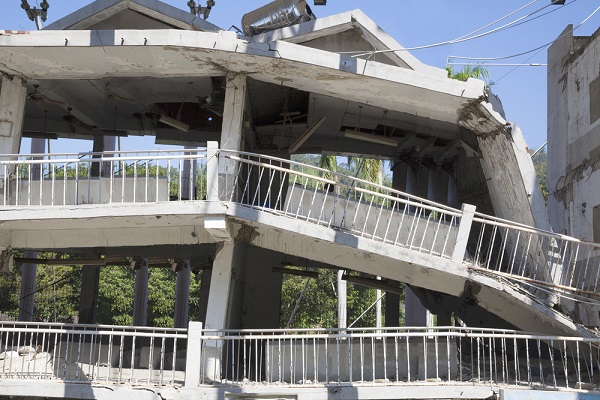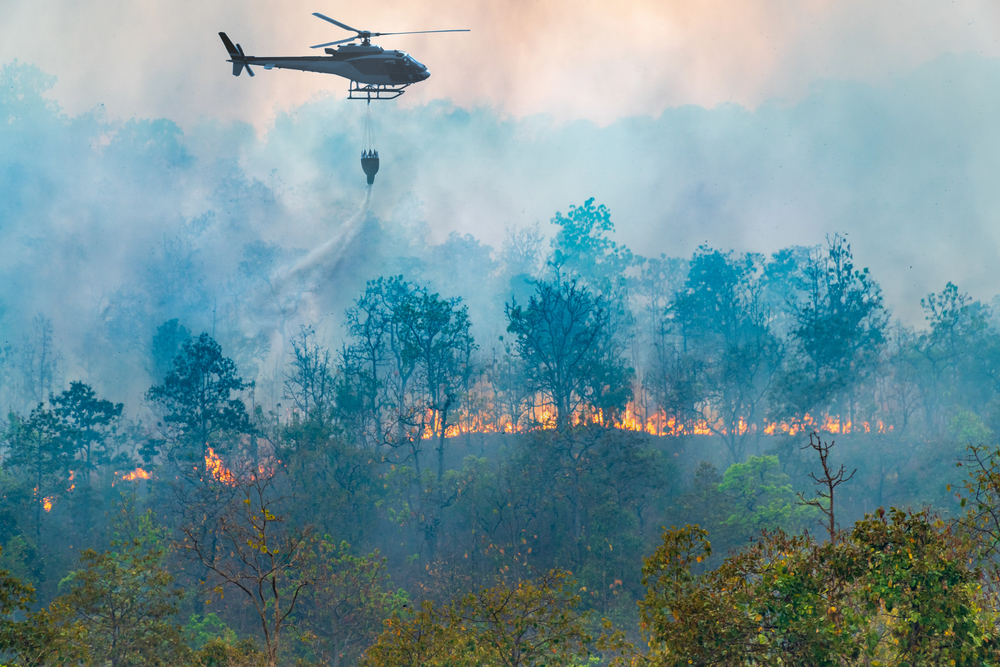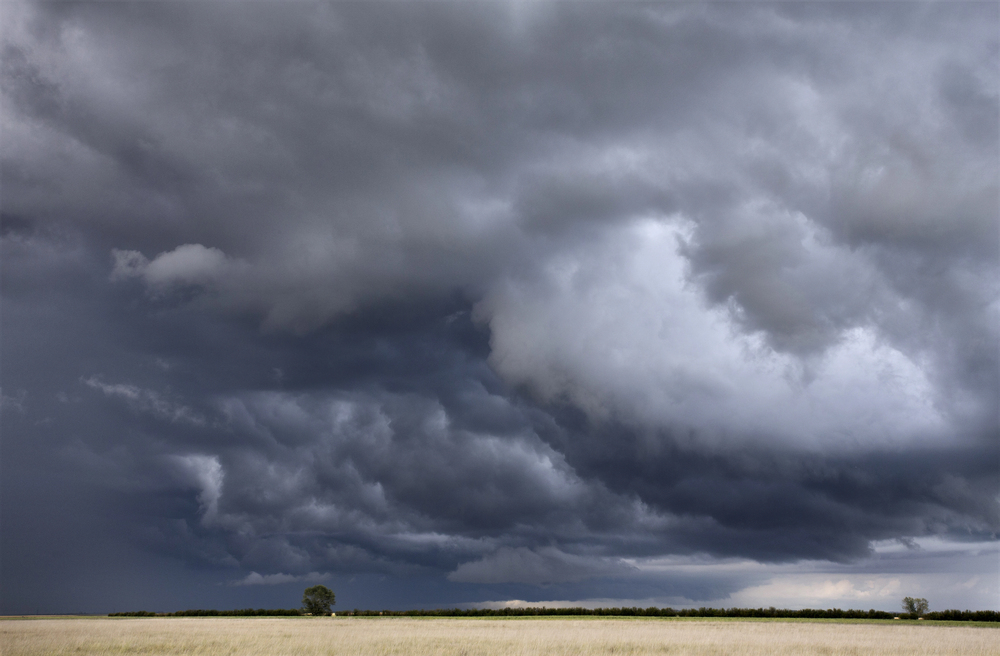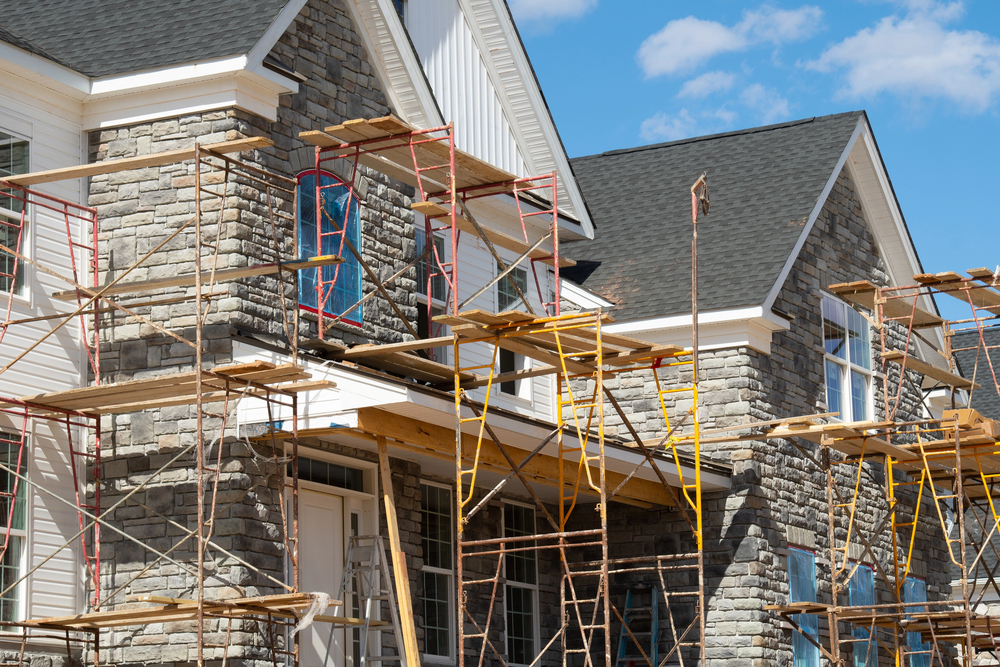Too Little, Too Late: Underinsurance in the Homeowners Market

By: Jacquelyn Connelly
How confident are you that your homeowners insureds would have adequate protection in the event of a disaster?
Underinsurance could be more common—and devastating—than you think, according to the 2019 Insurance Coverage Adequacy Report from CoreLogic®, which examines potential reconstruction cost-related underinsurance issues in four U.S. regions exposed to natural hazards.
Analyzing the fluctuation of building and labor costs over a two-year period, CoreLogic reports 5.6-7.6% increases in home reconstruction costs from 2016 to 2018 in the storm surge-exposed Northeast Atlantic and Gulf Coast, wildfire-exposed California, and tornado-exposed Oklahoma.
If that doesn’t seem like much, consider that in Oklahoma, where the 2016-2018 reconstruction cost increase is estimated at 6.6%, if a severe convective storm caused 20% damage to only 1% of homes at high risk of tornado winds, the reconstruction cost undervaluation would translate to approximately $34 million if coverage isn’t current.
And in Florida, where the 2016-2018 reconstruction cost increase is estimated at 5.6%, if 5% of homes with high storm surge risk were destroyed, the reconstruction cost undervaluation would translate to $205 million if coverage isn’t current.
“An important part of a homeowners policy is to enable homeowners to rebuild when catastrophes occur,” says Amy Gromowski, senior leader – Science & Analytics, CoreLogic, co-author of the report. “If coverage isn’t current, insurers could be in a financial position where they can’t honor the promise to the policyholder to rebuild.”
Undervaluation of homes over an extended period creates problems beyond the one-time claim, especially during catastrophe events when partial losses quickly exhaust coverage limits, the report notes. When carriers fail to continually monitor building and labor costs, they could face as much as a 30% increase in reconstruction costs because of demand surge in extreme situations.
“If a natural disaster occurs, you might have both labor shortage and demand surge,” Gromowski explains. “Our reconstruction methodology looks at rebuilding costs from a holistic perspective at the time of underwriting—what would it cost today to rebuild? This assumes no demand surge and no changes to the property characteristics.”
Inadequate insurance valuation keeps coverage limits artificially low—and if a homeowner is on the hook to restore their property after a catastrophe, the ramifications can be severe, Gromowski points out.
“Already, those affected no longer have a home or their home is unlivable. Plus, they may not have the ability to get to their jobs, so their income can be impacted as well,” Gromowski explains. “Given both circumstances, they may be at a loss to make payments on their mortgage and therefore go into delinquency.”
That chain of events can have a ripple effect that has consequences for not only the insureds who face a personal tragedy and the insurers that risk losing loyal customers, but also the lending and mortgage servicing industries, which rely on the insurance industry to correctly determine accurate reconstruction costs in a homeowners policy. When properties are underinsured, the asset which collateralizes the loan has additional risk.
Consider that after Hurricanes Harvey, Irma and Maria in 2017, serious delinquency rates on home mortgages tripled in the Houston and Cape Coral, Florida metro areas and quadrupled in San Juan, Puerto Rico, according to CoreLogic. Similarly, after the 2017 Tubbs wildfire, delinquency rates spiked by 50% in the Santa Rosa, California area.
From an industry perspective, then, “it’s important that all carriers are covering homes they insure to the full amount so homeowners can be restored,” Gromowski says.
The report points to problems like subjective quality judgments, unsophisticated estimating tools and simplistic inflation adjustments in suggesting that carriers reevaluate the need to have better information and tools to ensure homeowners carry the right amount and type of coverage in order to be made whole again after a natural disaster.
Moving forward, as more than 7.3 million single- and multi-family homes along the Gulf and Atlantic Coasts face $1.8 trillion in potential reconstruction costs from storm surge damage this hurricane season, Gromowski encourages carriers to use reconstruction cost estimating tools that focus on current localized costs of labor and building materials, as well as “data sources that know the right property characteristics and validate that with the homeowner.”
The final, crucial element: updating those reconstructions costs at least every two years. “Labor and material costs are constantly changing, and the property characteristics of a home can change, too,” Gromowski points out. “Carriers need to make sure they keep all of that current, because it can get outdated quickly.”
Jacquelyn Connelly is IA senior editor.










